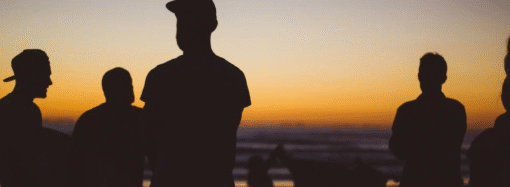Is Elsa from Disney’s animated film “Frozen” a closet lesbian?
Many conclude she is, and supporters of an LGBT princess think there are signs backing these speculations. “Disney really just released the trailer (for “Frozen 2”) during pride month. Elsa is a lesbian confirmed! That’s just how it is, I don’t make the rules,” comments a fan on Twitter.
Offering further evidence for this theory, Daisy Phillipson from the Digital Spy notes, “After all, Elsa doesn’t have a love interest, she’s made to hide her true self by her family and then there are the lyrics to the film’s hit song.”
The song “Let it Go” has been a rallying-cry for those coming out. Viewed through the lens of repressed sexuality, there is a compelling case to be made about Elsa’s choice of words, especially since many are full of innuendos:
Conceal, don’t feel, don’t let them know
Well, now they know!
Let it go, let it go
Can’t hold it back anymore.
Adding to the excitement is the unnamed new female character from the trailer. Some jumped to the conclusion that she is Elsa’s love interest. Idina Menzel, the voice actor for Elsa, too has added to the speculation about a lesbian Disney princess, saying, “I can’t promise anybody that that’s what’s gonna happen.”
Recent movies like “Star Wars: The Force Awakens” and “Captain Marvel” portray new and unprecedented ways for heroines to be front and center. But they also deviate from the hero/heroine archetype, neglecting the spiritual journey and instead elevating a political agenda.
Dr. Jordan Peterson, a Canadian psychologist and public figure, has much to say on this issue. He argues there is a deeper, cultural, and pernicious significance to “Frozen” and other movies like it. Peterson argues that “Frozen”:
“[A]ttempted to write a modern fable that was a counter-narrative to a classic story like, let’s say, Sleeping Beauty — but with no understanding whatsoever of the underlying archetypal dynamics. You could say that Sleeping Beauty was raised out of her unconsciousness via a delivering male. Another way of reading the story is that unconsciousness requires active consciousness as an antidote. And the unconsciousness is symbolized in that particular story by femininity and active consciousness by masculinity.”
Archetypes, or representations of human behavior patterns, make up the foundations for stories. In this instance, Peterson is referring to the Anima/Animus put forth by psychologist Carl Jung, who widely promoted the importance of myths and archetypes. Jung asserts that women have a contra sexuality which is masculine in nature and called the Animus, while the man’s is feminine in nature and referred to as Anima. Peterson claims that defying these known-universals in favor of a cultural shift will have some serious negative side effects. His hesitation is backed up by the fact that Frozen has been adapted and changed from its original, a centuries-old story called “The Snow Queen” by Hans Christian Andersen.
But what if “Frozen” is simply a harmless movie about sisterly love and stepping out into the unknown? Given current cultural trends, Peterson is also skeptical of this argument:
No, you don’t spend tens of millions of dollars on a carefully crafted narrative that’s just a lovely story unless that’s what you’re trying to tell. That isn’t what the people who made Frozen were trying to tell.
Whether or not Elsa comes out as a lesbian in “Frozen 2” is not the root question at hand. Instead, what we should be asking is whether moving away from age-old, universal norms and into an untested value system has unforeseen consequences. Do the long-held values of family, relationships, and realistic self-image take a hit from movies like “Frozen”? And if so, is it important to keep evaluating the underlying principles that we allow our entertainment to sell to us?
—
[Image credit: Flickr – Jorge Figueroa, CC BY 2.0]
















Leave a Comment
Your email address will not be published. Required fields are marked with *